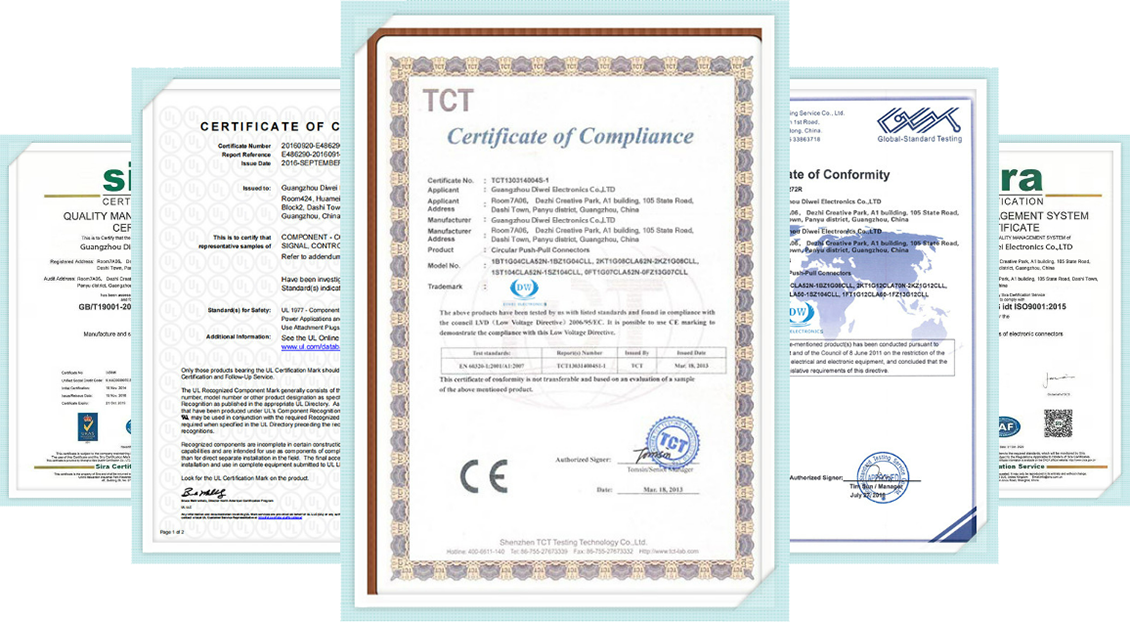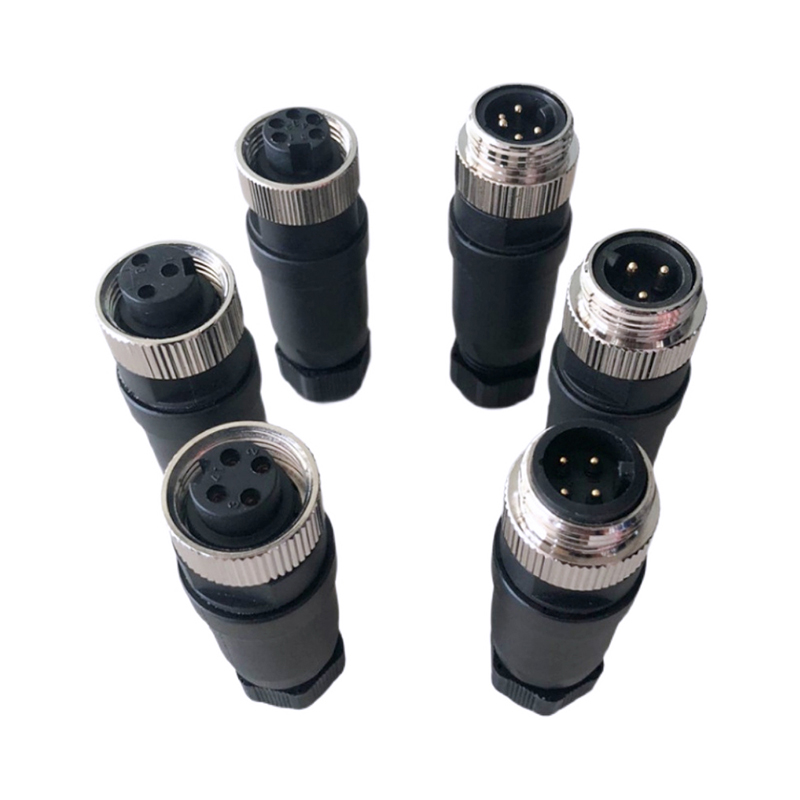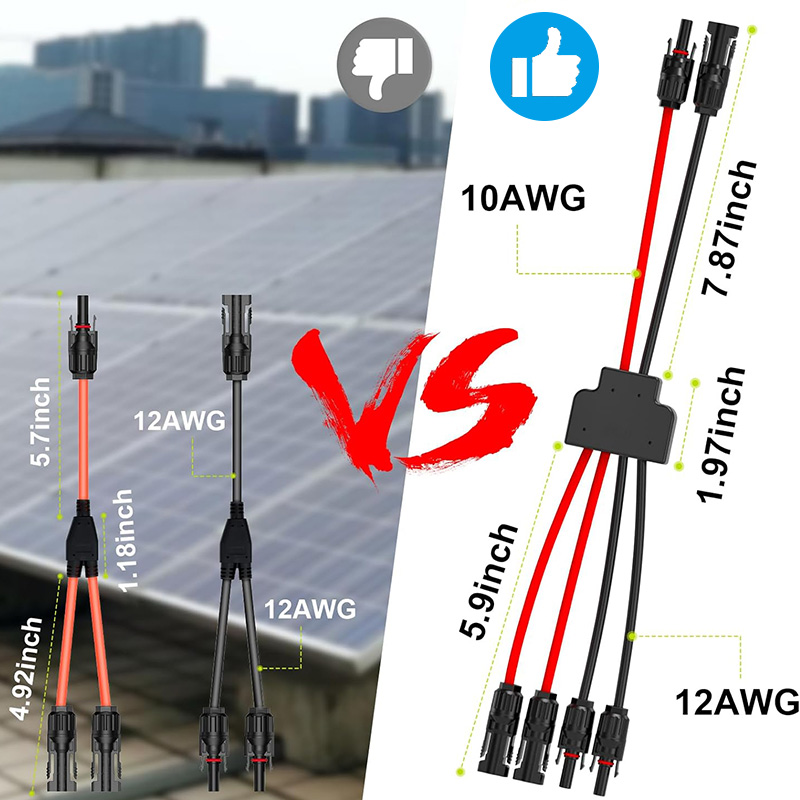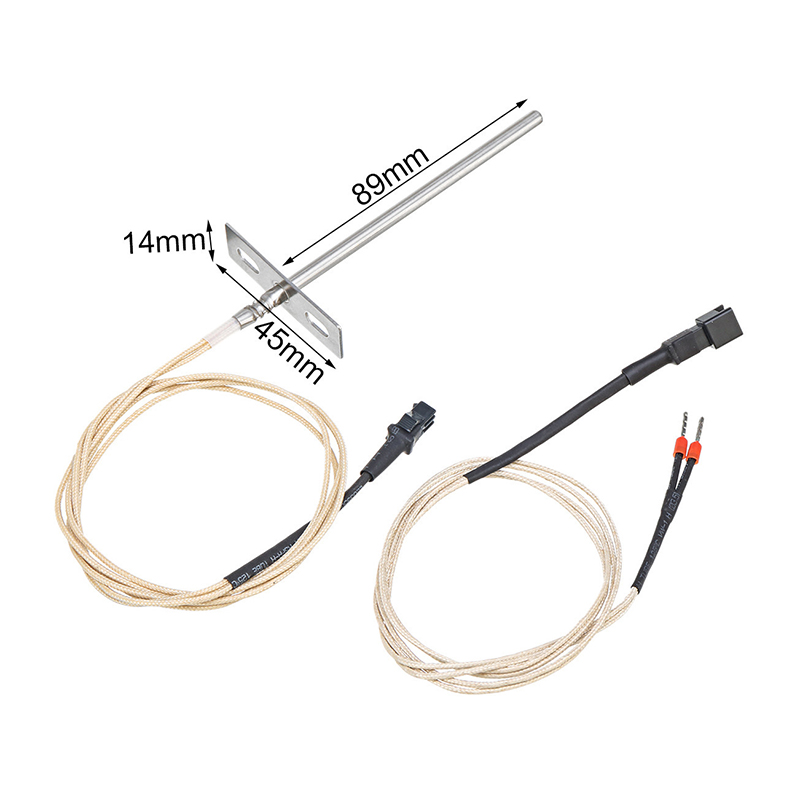Parameters
| Sensing Distance | The range within which the proximity sensor can detect objects, typically ranging from a few millimeters to several centimeters or even meters, depending on the sensor type and model. |
| Sensing Method | Proximity sensors can be available in different sensing methods, such as inductive, capacitive, photoelectric, ultrasonic, or Hall-effect, each suitable for specific applications. |
| Operating Voltage | The voltage range required to power the proximity sensor, typically ranging from 5V to 30V DC, depending on the sensor type. |
| Output Type | The type of output signal generated by the sensor when it detects an object, commonly available as PNP (sourcing) or NPN (sinking) transistor outputs, or relay outputs. |
| Response Time | The time taken by the sensor to respond to the presence or absence of an object, often in milliseconds or microseconds, depending on the sensor's speed. |
Advantages
Non-Contact Sensing: Proximity sensor switches offer non-contact detection, eliminating the need for physical interaction with the object being sensed, thus reducing wear and tear and increasing sensor lifespan.
High Reliability: These sensors are solid-state devices with no moving parts, leading to high reliability and low maintenance requirements.
Fast Response: Proximity sensors provide fast response times, enabling real-time feedback and quick control actions in automation systems.
Versatility: Proximity sensor switches are available in various sensing methods, allowing them to be used in a wide range of applications and environments.
Certificate

Application Field
Proximity sensor switches are widely used in industrial automation and control systems for various applications, including:
Object Detection: Used for object detection and positioning in assembly lines, material handling systems, and robotics.
Machine Safety: Employed for detecting the presence of operators or objects in hazardous areas, ensuring safe machine operation.
Liquid Level Sensing: Used in liquid level sensors to detect the presence or absence of liquids in tanks or containers.
Conveyor Systems: Applied in conveyor systems for detecting the presence of objects and triggering specific actions, such as sorting or stopping the conveyor.
Parking Sensors: Used in automotive applications for parking assistance, detecting obstacles, and triggering alerts.
Production Workshop

Packaging & Delivery
Packaging Details
● Each connector in a PE bag. every 50 or 100 pcs of connectors in a small box (size:20cm*15cm*10cm)
● As customer required
● Hirose connector
Port: Any port in China
Lead time:
| Quantity(pieces) | 1 - 100 | 101 - 500 | 501 - 1000 | >1000 |
| Lead time (days) | 3 | 5 | 10 | To be negotiated |
Video
-

From GPS to Sonar: How NMEA 2000 Connectors Unify Your Ve...
-

Yachts vs. Commercial Vessels: Tailored NMEA 2000 Connect...
-

The Future is Now: 5 Game-Changing Advantages of Fiber Op...
-

Annual Maintenance Checklist: 3 Must-Do Tasks for Your NM...
-

What is an NMEA 2000 Connector? The “Central Nervou...
-

NEMA2000 Connector Accessories: Functions and Benefits
-

What is NMEA2000 connector and cable used for?
-

What is Nmea2000 connector?






